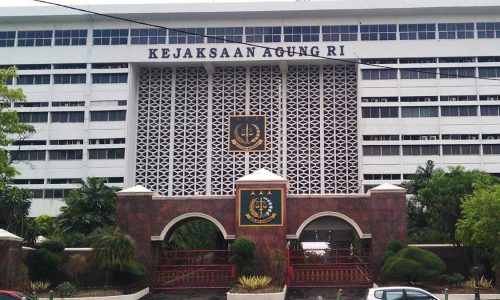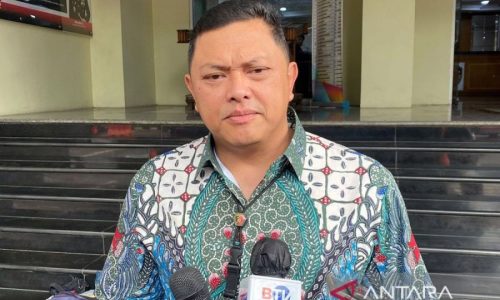President Director of Indonesian national logistics company Perum Bulog Budi Waseso, revealed that Bulog had entered into contracts with several countries to import 500,000 tons of rice.
Waseso said that there are four importing countries that have entered into a cooperation with Bulog, namely Thailand, Pakistan, India, and Vietnam. “And we are exploring Myanmar,” Waseso said on Wednesday (12/4).
Unfortunately, he did not mention the exact number of contracts that were made with each country.
Waseso explained that the contract will help to confirm the security of the government’s rice reserves (CBP).
Waseso added that Bulog will only import the amount of rice needed to meet domestic needs. If the local harvest provided sufficient reserves, then the 2 million quota for imported rice would not have to be fulfilled.
Furthermore, the CBP will be allocated for the food assistance program, where Bulog will distribute 10 kilograms of rice to 21.3 million eligible families.
As Waseso explained, there are currently 283,000 tons of rice left in Bulog’s warehouse. For the food assistance program in April, Bulog requires 210,000 tons of rice.
That means that next month, there will be around 73,000 tons of stock remaining. Therefore, approximately 137,000 tons of rice are needed for the distribution of food assistance next month.
Therefore, Waseso hoped that the domestic procurement would efficiently meet required amount for the upcoming food assistance program in May. But if the supply remains insufficient, Waseso hoped that the imported rice will arrive promptly.
Why do Indonesia import rice?
Indonesia is one of the world’s leading rice producers and rice is the staple food for most Indonesians. According to Statista, Indonesia produced approximately 55.27 million tons of rice in 2021, placing it in the third largest rice producer after China and India.
Despite the amount of rice production, Indonesia continues to face several challenges. Such as the impact of climate change causing irregular rainfall patterns, droughts, and floods which affect the quality and quality of rice production. Moreover, the cultivation of rice is often hampered by land, water, and labor conditions.
General Chair of the Indonesian Seed Bank Association (AB2TI) Dwi Andreas Santosa, stated that the growth rate of rice production in Indonesia was no longer able to catch up with Indonesia’s population growth rate.
BPS noted that in 2021, Indonesia’s rice harvest area is recorded at 10.41 million ha, a number 2.3% lower compared to 10.66 million ha recorded in 2020.
In addition, the USDA also predicts that Indonesia’s rice production in 2021-2022 will also decrease to 34.4 million tons from the previous 34.5 million tons.
Sentosa added that there is also a cost problem faced by farmers. Currently, rice is sold by farmers at IDR 7,000 per kilogram while the cost of production reaches up to IDR 8,300 per kilogram.
The abovementioned factors are the main reasons why the government continue to import rice.









